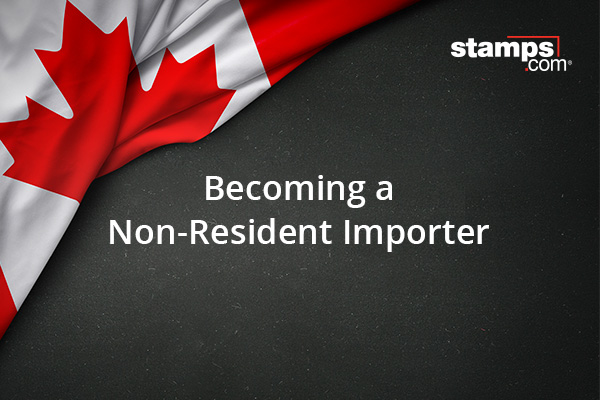Cross-border Shipping: Tariffs, Duties, and De Minimis Thresholds
Recent changes to U.S. tariffs are reshaping the landscape of cross-border shipping, impacting both the cost and compliance requirements for businesses involved in international trade. We’re monitoring these developments closely to understand how they affect duties, de minimis thresholds, and broader logistics. For the most up-to-date and official information, we recommend referring to the White […]
USPS Changes Customs Form Acceptance
Unless you’re dropping a shipment off at the Post Office retail counter, customs declaration forms (AKA customs forms) for packages being sent internationally through USPS must now be completed and submitted online. In other words, no more filling out these forms by hand without making a trip to the Post Office. According to a recent […]
Becoming a Non-Resident Importer to Canada
Canada, our familiar neighbors to the north. When looking to grow globally, Canada is easily the first place to look for e-commerce merchants in the U.S. It’s only natural. We’re close to our Canadian neighbors in proximity, language and culture. Yet, exporting goods to Canada isn’t as easy as it may look. U.S.-based retailers face a number […]


